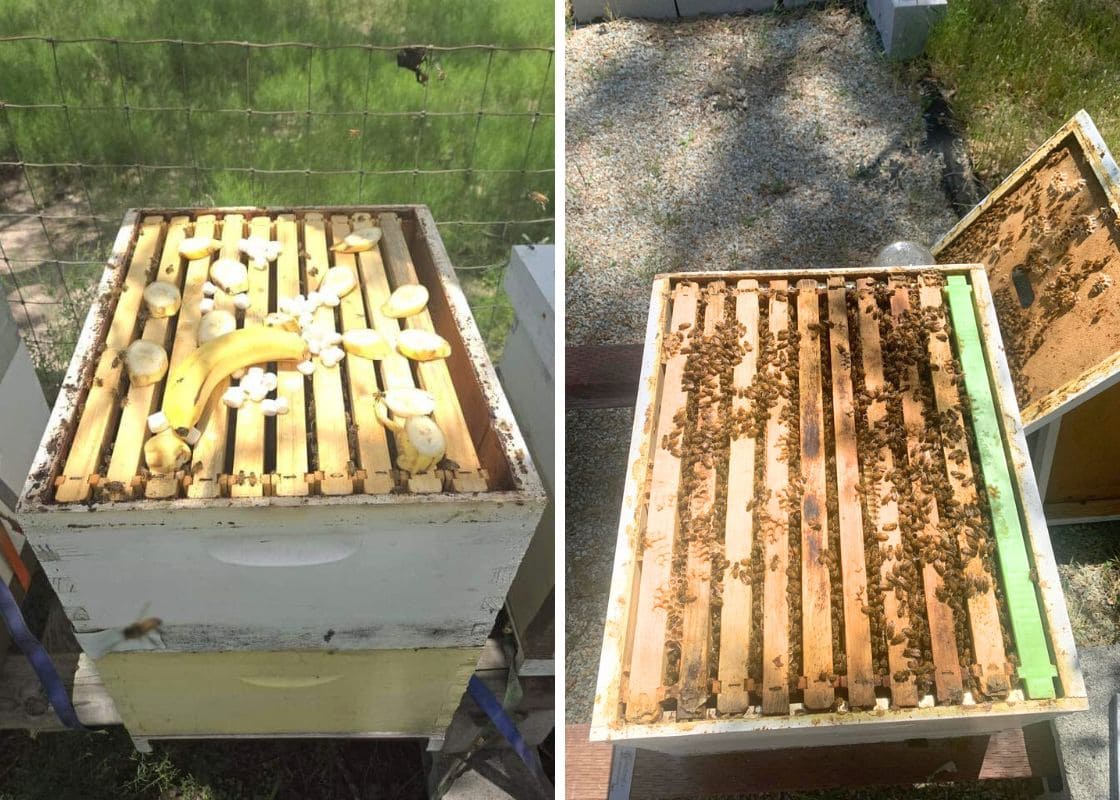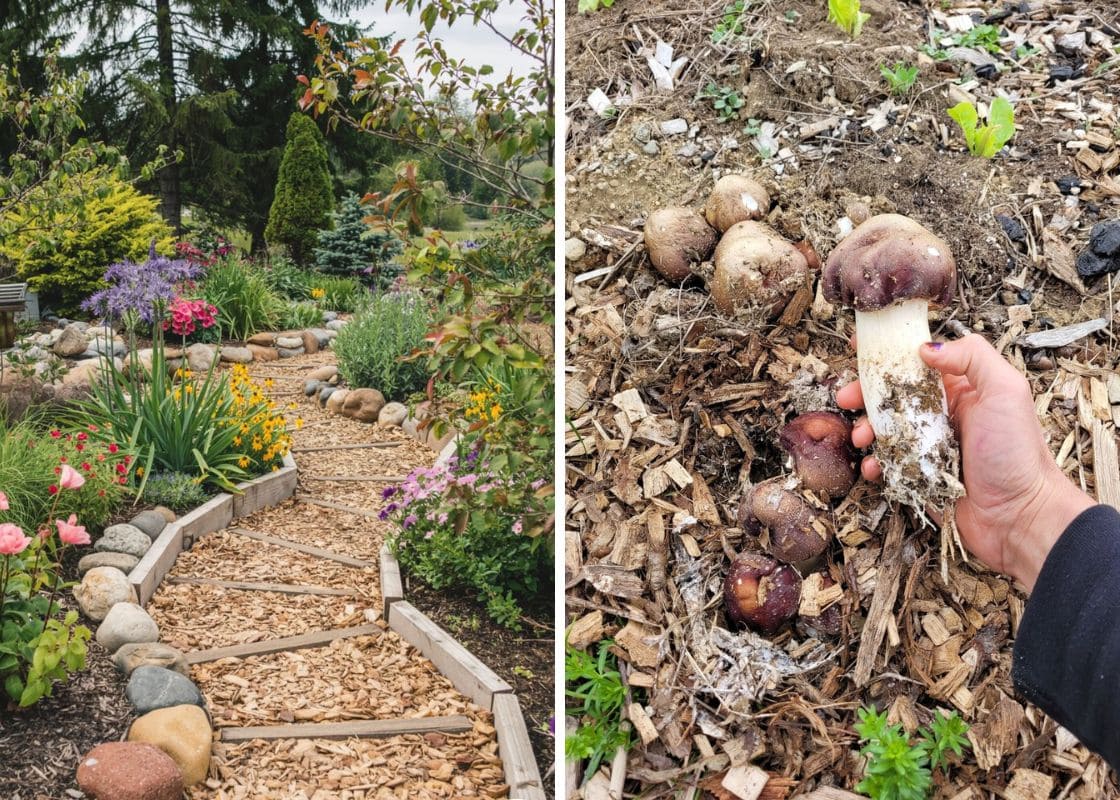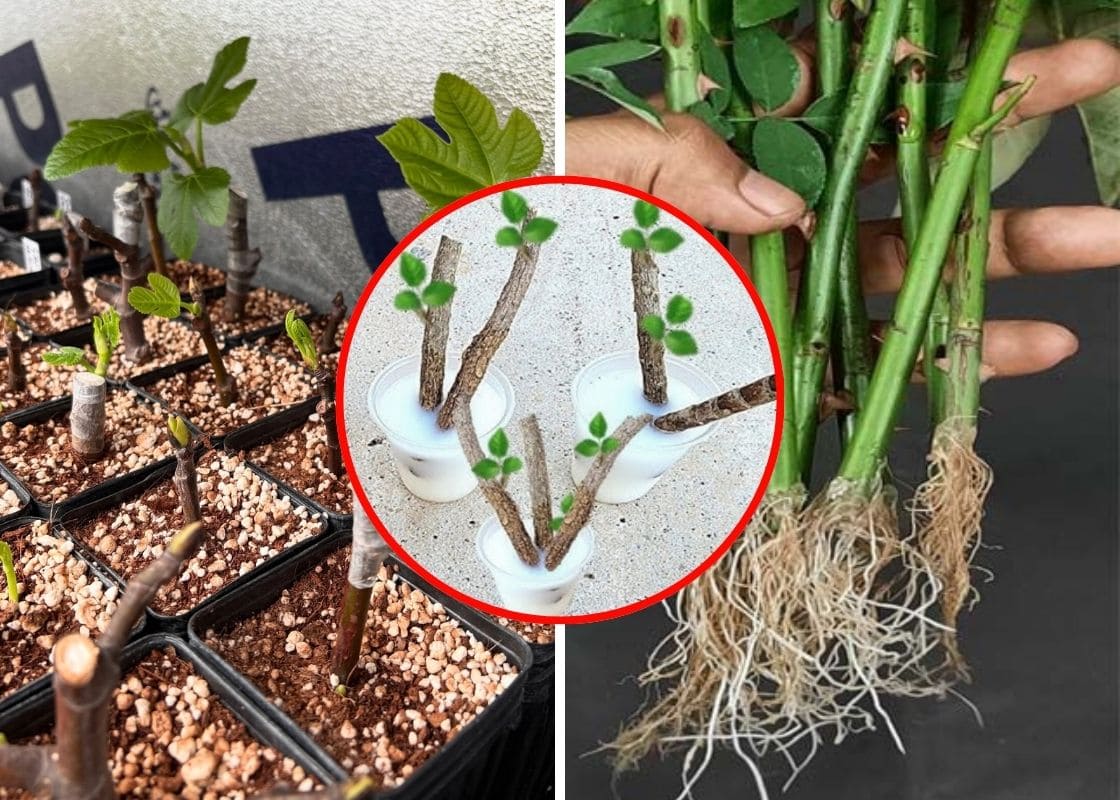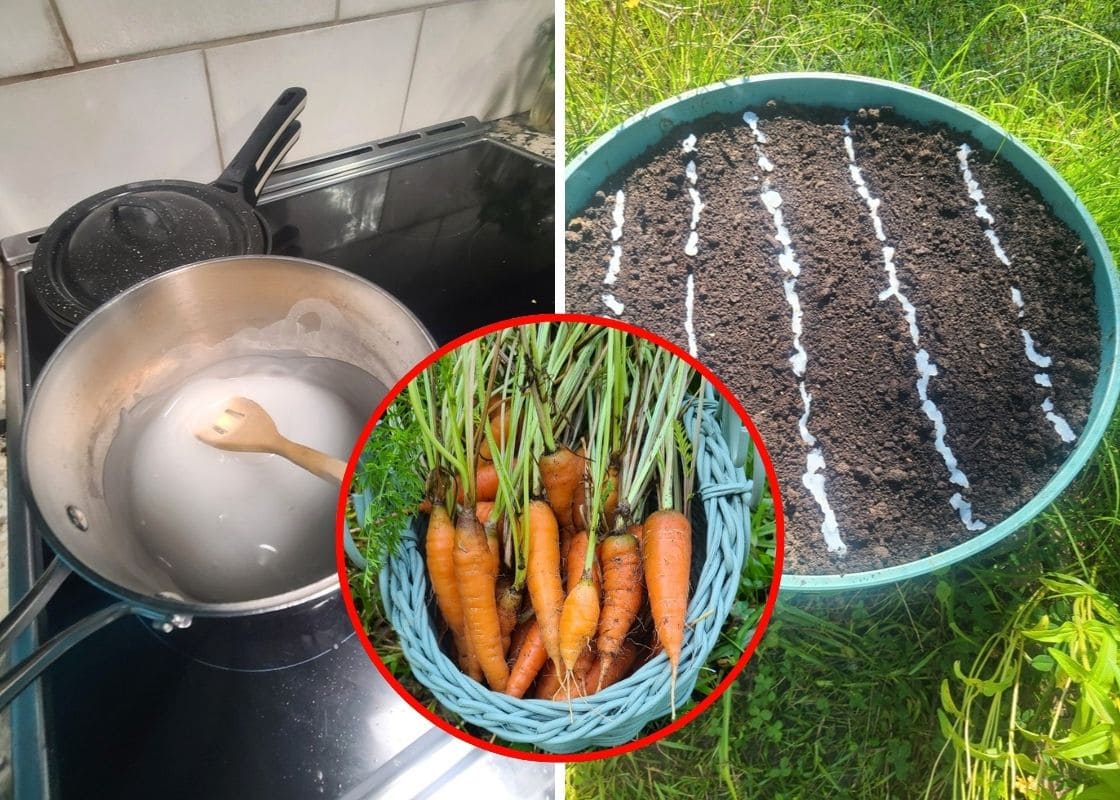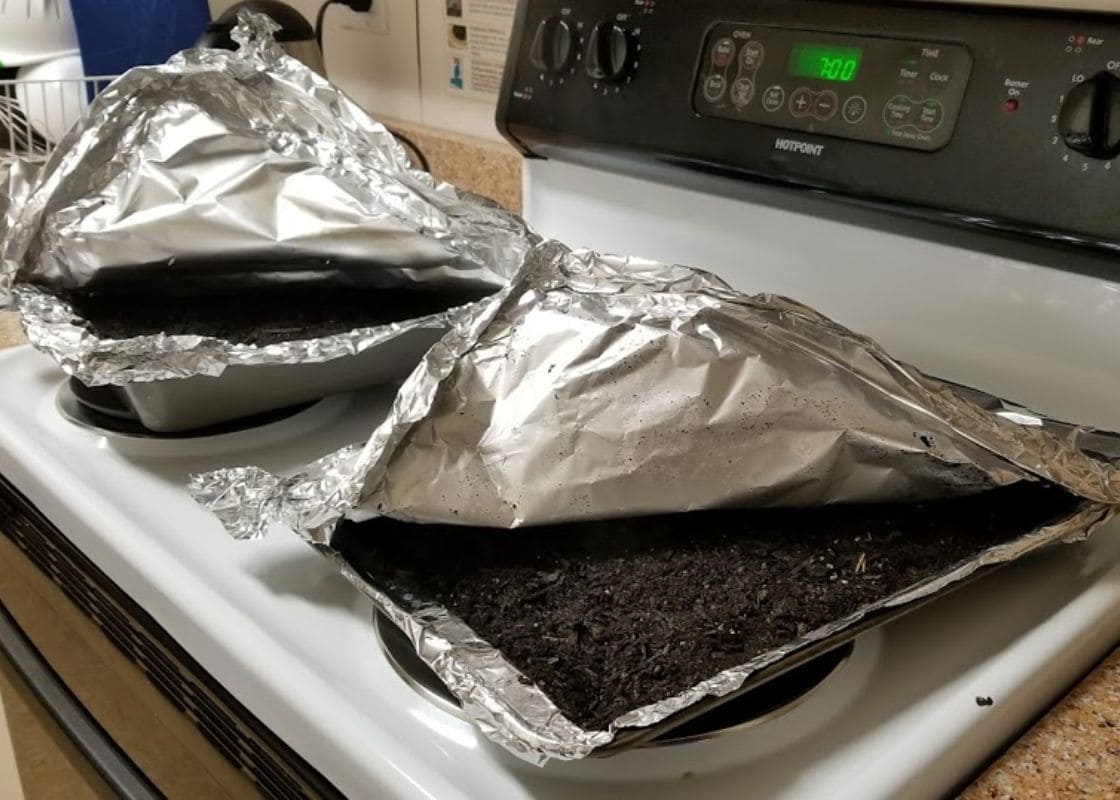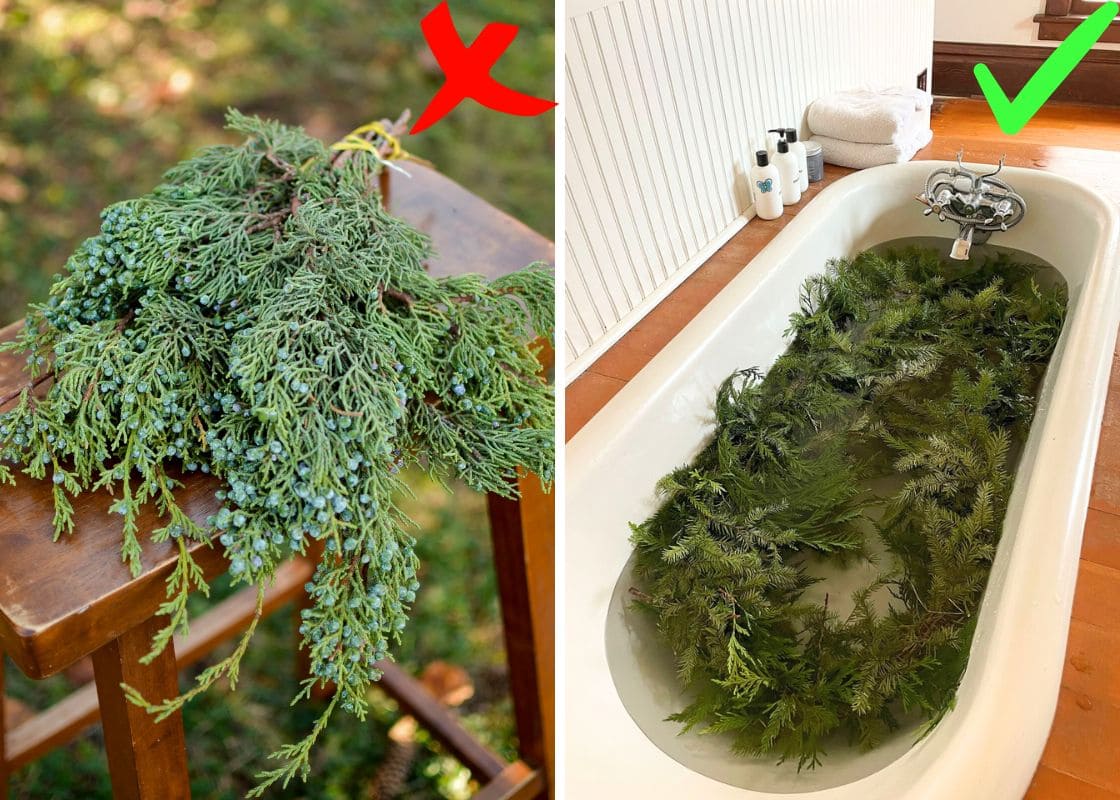Winter can make chicken care feel like a full-time job.
Between frozen waterers, chilly mornings, and stiff hoses, keeping your flock hydrated is often the hardest part of the season.
Anyone who’s tried breaking ice out of buckets at dawn knows that sound, the crack of frozen water that refuses to budge.
But what if you could stop the water from freezing in the first place and without electricity? The answer is beetroot juice.
Why Beet Juice Works So Well
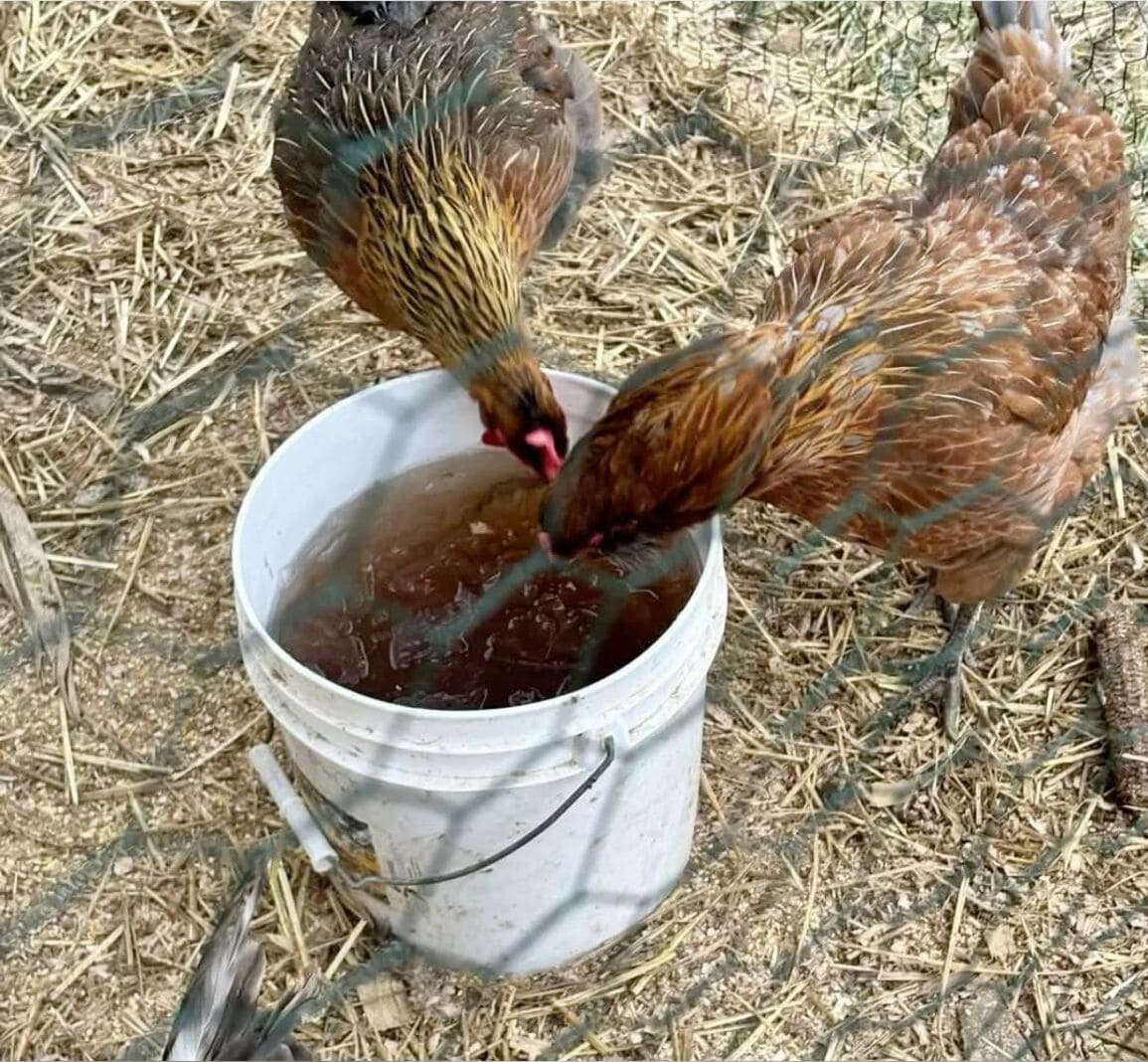
Beet juice is more than a pretty red color, it’s loaded with natural sugars, minerals, and antioxidants.
Those sugars slightly lower the freezing point of water, similar to how salt or antifreeze works (but safely).
Instead of turning into a solid block of ice, the water becomes slushy, allowing your chickens to keep drinking even in sub-freezing temperatures.
This trick works beautifully in moderate winter cold, around 25°F to 32°F (-4°C to 0°C).
Below that, it might still form light ice crystals, but you won’t be facing a rock-solid frozen bucket.
How to Use Beet Juice in Chicken Water
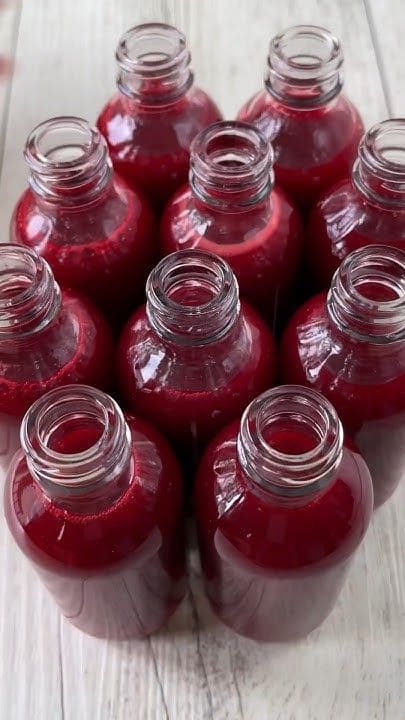
You just add 2 to 3 tablespoons of beetroot juice to each gallon of water. Then stir well before setting the bucket outside.
That’s it. You’ll notice the water takes on a soft reddish tint, but it won’t stain your container or harm your birds.
You can use either store-bought beet juice (just check it’s 100% juice, no salt or additives) or make your own at home.
To make it yourself, boil or blend fresh beets, strain the liquid, and store it in the fridge for up to a week.
Some keepers even freeze small portions of beet juice in ice cube trays so they can easily toss a cube or two into each bucket every morning.
Extra Benefits for Your Flock
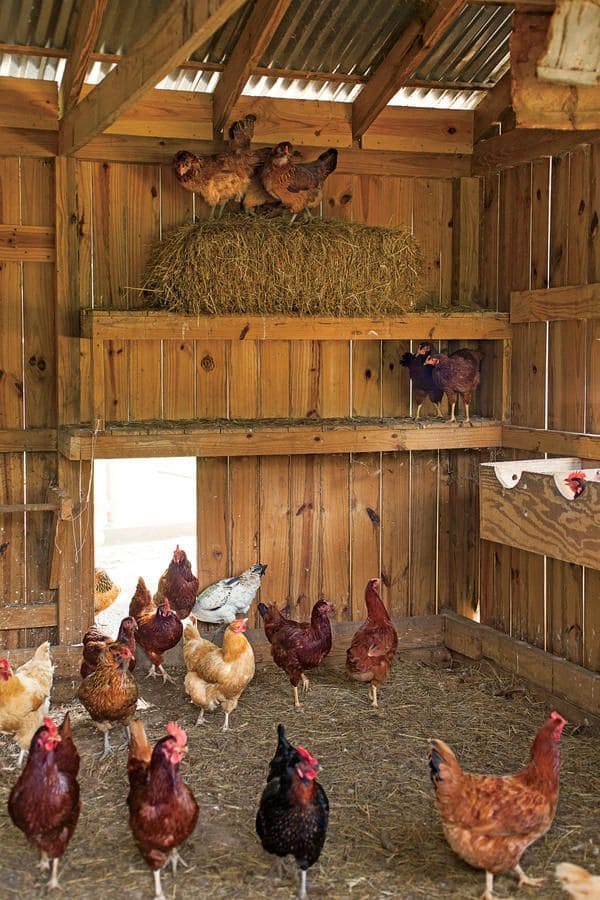
What makes this trick even better is that beet juice doesn’t just prevent freezing, it also nourishes your chickens.
Beets are packed with:
- Iron and folate, which support healthy blood production.
- Antioxidants, which boost immunity during the cold months.
- Natural sugars, which provide a small energy lift in winter.
That means you’re not only solving the freezing problem, you’re giving your flock a nutrient-rich drink that supports their overall health and egg production.
Tips for Better Results
Plastic buckets work best since metal ones freeze faster. Keep your water in a sunny or sheltered spot so it stays slightly warmer during the day.
Adding a small floating object, like a ping pong ball or plastic cap, helps keep the surface from freezing solid.
Also, give the water a quick stir whenever you check on your flock, it helps distribute the beet juice and keeps things from settling.
For larger troughs, you can even pair this method with floating saltwater jugs for extra protection.
Mistakes to Avoid
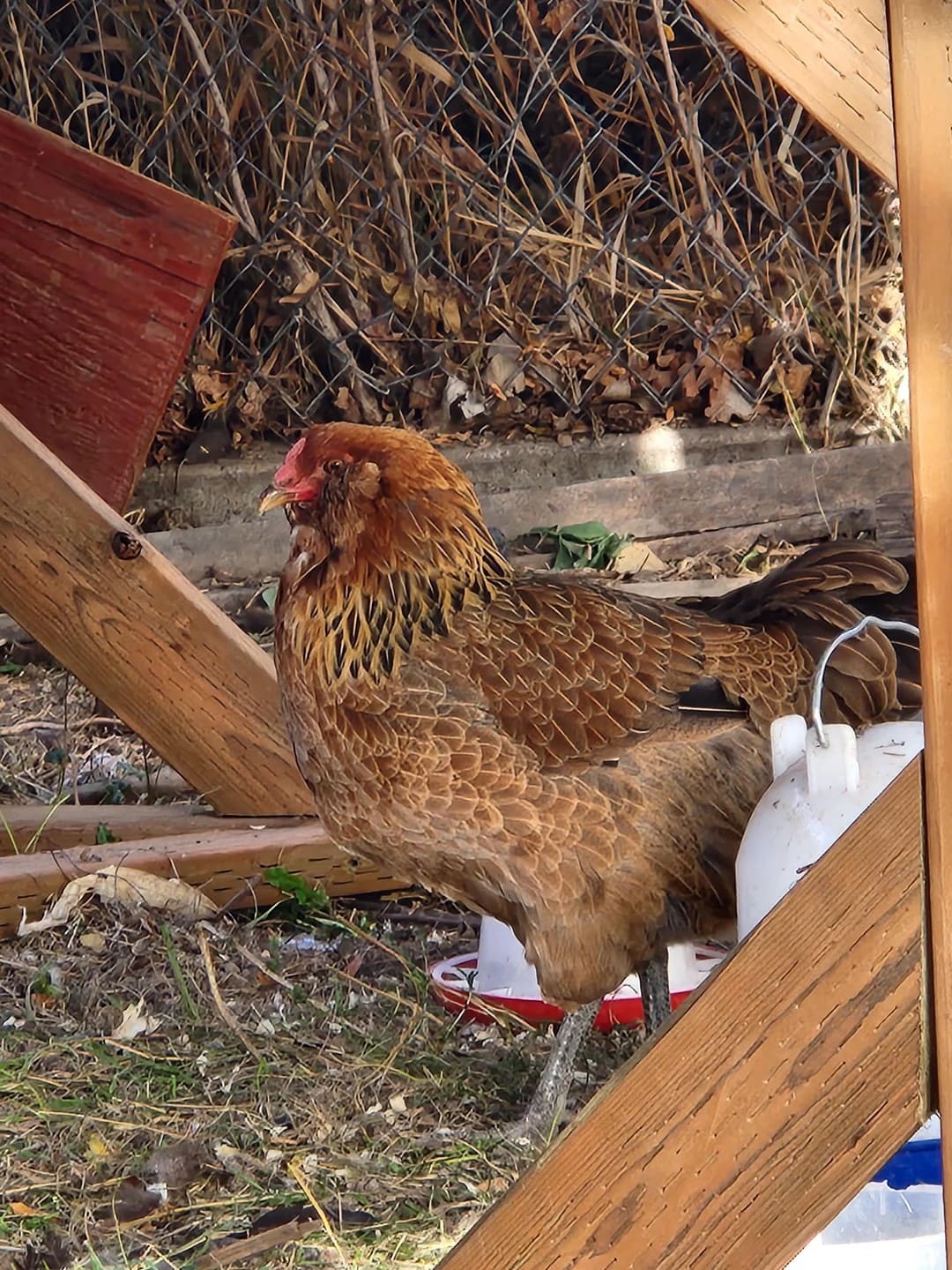
It’s easy to get carried away and add too much beet juice, but that’s not necessary.
A little goes a long way. If you add too much, the water might become overly sweet and encourage bacterial growth. Stick with a few tablespoons per gallon.
Also, remember that this isn’t a one-and-done solution. During extreme cold snaps, you’ll still need to check water regularly.
Even though the water won’t freeze solid, it can develop ice crystals over time.
Finally, don’t use canned beet juice that contains preservatives or salt as they can be harmful to chickens. Always stick with fresh or pure juice.
Maintenance and Winter Routine
Keeping a few jugs of beet juice on hand can save you from a lot of early-morning frustration. Try to make it part of your winter prep.
As the temperatures drop, fill your chicken waterers the night before, mix in beet juice, and cover them lightly until morning.
Check water buckets daily and give them a quick rinse to prevent residue. You’ll find that your chickens stay hydrated and your buckets stay clean longer.
If you have a large flock, you can rotate between fresh water and beet-infused water every other day, this balances hydration and nutrient intake while reducing waste.
Why This Natural Trick Is Worth Trying
It’s rare to find a solution that’s this simple, affordable, and healthy. A couple of tablespoons of beet juice can make the difference between frozen-solid water and drinkable slush.
It’s a safe, natural approach that’s perfect for off-grid living, small farms, or backyard coops without access to heated waterers.
Plus, it’s fun to see that deep ruby color in the bucket on a frosty morning, it’s like a small reminder that even in winter, nature has clever ways of working with you.
Read more: How to Build a Chicken Snack Patch: A Fun, Mess-Free Way to Treat Your Flock


